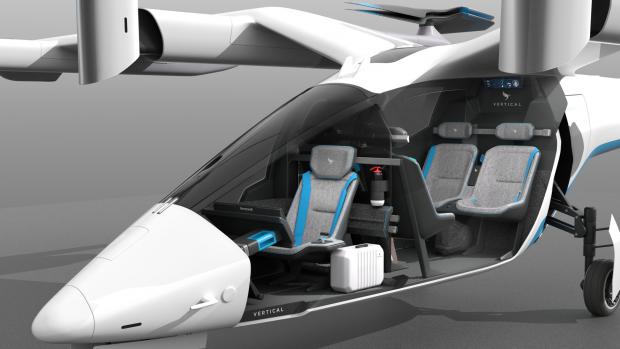
Breaking News
 The Days of Democracy Are Over
The Days of Democracy Are Over
 Elon Musk Described an AI Device to Replace Phones in 5 Years
Elon Musk Described an AI Device to Replace Phones in 5 Years
 Deposit Insurance For Billionaires?
Deposit Insurance For Billionaires?
 Rep. Troy Balderson Is Right: Coal And Gas Drive Affordable, Reliable, And Clean Energy
Rep. Troy Balderson Is Right: Coal And Gas Drive Affordable, Reliable, And Clean Energy
Top Tech News
 Graphene Dream Becomes a Reality as Miracle Material Enters Production for Better Chips, Batteries
Graphene Dream Becomes a Reality as Miracle Material Enters Production for Better Chips, Batteries
 Virtual Fencing May Allow Thousands More Cattle to Be Ranched on Land Rather Than in Barns
Virtual Fencing May Allow Thousands More Cattle to Be Ranched on Land Rather Than in Barns
 Prominent Personalities Sign Letter Seeking Ban On 'Development Of Superintelligence'
Prominent Personalities Sign Letter Seeking Ban On 'Development Of Superintelligence'
 Why 'Mirror Life' Is Causing Some Genetic Scientists To Freak Out
Why 'Mirror Life' Is Causing Some Genetic Scientists To Freak Out
 Retina e-paper promises screens 'visually indistinguishable from reality'
Retina e-paper promises screens 'visually indistinguishable from reality'
 Scientists baffled as interstellar visitor appears to reverse thrust before vanishing behind the sun
Scientists baffled as interstellar visitor appears to reverse thrust before vanishing behind the sun
 Future of Satellite of Direct to Cellphone
Future of Satellite of Direct to Cellphone
 Amazon goes nuclear with new modular reactor plant
Amazon goes nuclear with new modular reactor plant
 China Is Making 800-Mile EV Batteries. Here's Why America Can't Have Them
China Is Making 800-Mile EV Batteries. Here's Why America Can't Have Them
Vertical Aerospace's Tim Williams on the new VA-1X air taxi

The VA-1X uses four tilting rotors on the leading edge of a long wing, with another bank of four rotors behind that stay in a vertical takeoff orientation, but separate and dovetail together to reduce drag once the aircraft gains enough horizontal airspeed to fly efficiently on the wing. The team expects a top cruise speed of around 150 mph (241 km/h), and a range of up to 100 miles (161 km) between charges from its lithium-based battery pack. It's designed to take off and land on a standard sized helipad, but much more quietly.
The company says the VA-1X is "set to be the world first certified winged all-electric Vertical Take-Off and Landing (eVTOL) aircraft," which made us wonder, among other things, how Vertical Aerospace feels it will beat other companies like Lilium and Joby to the punch despite the fact that they're already well into testing of their transitioning eVTOL aircraft designs.
So we arranged a chat with Vertical Aerospace Chief Engineer Tim Williams, who joined the company a few months ago after some ten years as a Chief Engineer at Rolls-Royce, where he was accountable for a wide range of combat, transport and helicopter engines. What follows is an edited transcript.
Loz: Congratulations on your new concept, very nice looking aircraft you've got there!
Tim Williams: Thanks, yeah it is! We've put a lot of work into it, and there's still a long way to go, but it's shaping up to be really good.

 China Innovates: Transforming Sand into Paper
China Innovates: Transforming Sand into Paper

